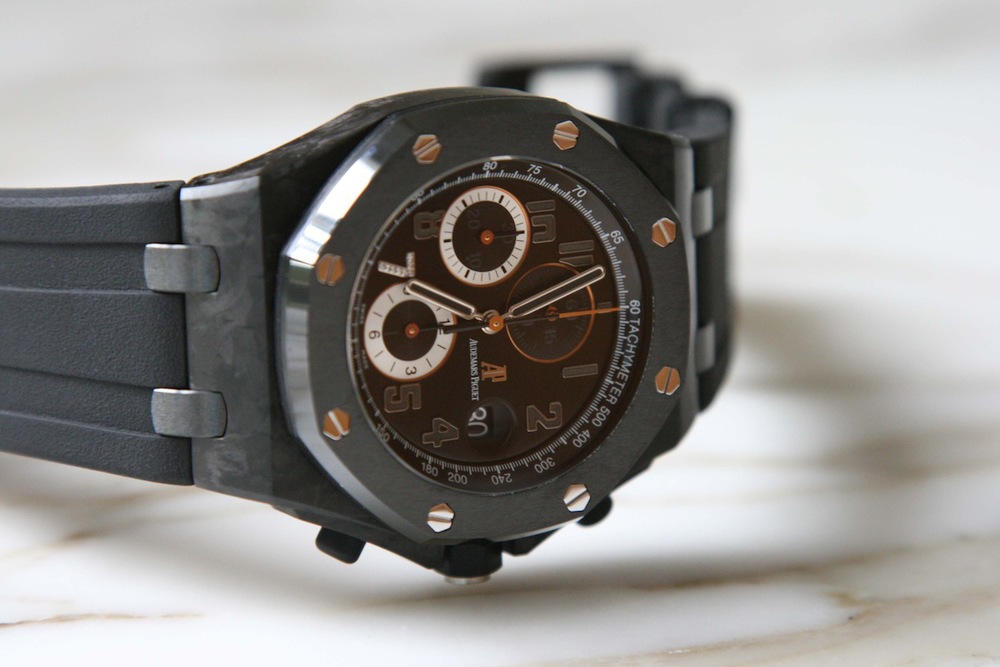Solana is already one of the world’s most popular blockchains when it comes to non-fungible tokens (NFTs) and decentralized finance (DeFi). It’s currently ranked as the fourth-most popular cryptocurrency globally, and there’s no question that interest in Onigiri NFT on Solana, in particular, is heating up.
Users want platforms with faster and cheaper transactions, and Solana answers both of these demands. As a result, a number of leading platforms are moving to — or already do — integrate with Solana. And as more and more integrations are added, users move to Solana at ever-increasing speeds.
In this respect, Solana NFTs are one of the more significant things to hit Web3 in a while. But, unfortunately, onboarding to new blockchains and NFT marketplaces can be a little daunting. Which is why we’re here to help. This guide is intended to walk you through everything you need to know to seamlessly participate in the Solana ecosystem. Here, we take a deep dive into what Solana is, how it works, why there’s so much interest in Solana crypto and NFTs, and how you can make the most out of this fresh, new world.
What is Solana?
In short, Solana is a public, open-source blockchain. It was built to host a wide array of scalable decentralized applications (dApps), and its native cryptocurrency is SOL. Like the rest of the world’s most popular blockchains, Solana supports smart contracts. This is critically important, as NFTs are minted and traded using smart contracts — they assign ownership, allow users to access digital assets in the NFT, and so on.
Founded in 2017 by Anatoly Yakovenko, Solana was designed to solve the high costs and slow transaction speeds that limit the scalability of other blockchains, such as Ethereum and Bitcoin.
At the time, blockchains could only process about 15 transactions per second (TPS). Major credit cards, on the other hand, could process around 65,000 TPS. Additionally, users have to pay fees for every transaction they attempt on a blockchain. When blockchain networks get congested, like during a popular NFT launch, these fees can become prohibitively expensive and soar to hundreds of dollars. Solana was created to solve both of these issues, and it did.
Today, Solana’s TPS rivals that of Visa and Mastercard, making it an industry leader in terms of speed and global scalability. Additionally, Solana’s price is astoundingly low. Unlike Ethereum and its high fees, which make it challenging to use for those who don’t have a high-risk threshold to participate in NFT trading, Solana’s transactions price is only a fraction of a penny apiece. This has made Solana remarkably popular and one of the fastest growing ecosystems in crypto. At the time of writing, SOL’s fully diluted market cap was more than $67 billion.
How does Solana work?
Solana runs on a combination of Proof-of-Stake (PoS) and Proof-of-History (PoH) mechanisms. These algorithms contrast sharply with that Proof-of-Work (PoW) mechanisms that are used by Ethereum and other blockchains.
In short, PoW requires computers to compete with one another to solve complex puzzles to add blocks and transactions to the blockchain. These puzzles are remarkably complex and require a lot of computer power to solve, which results in astronomical amounts of energy loss. Solana removes these puzzles from the equation. As a result, it doesn’t cause the same kind of environmental degradation, and its TPS performance is much higher.
If you want to see a quick comparison of Ethereum, Solana, and some of the other NFT blockchains, the following image offers a pretty good overview. Read on for a more detailed breakdown.



